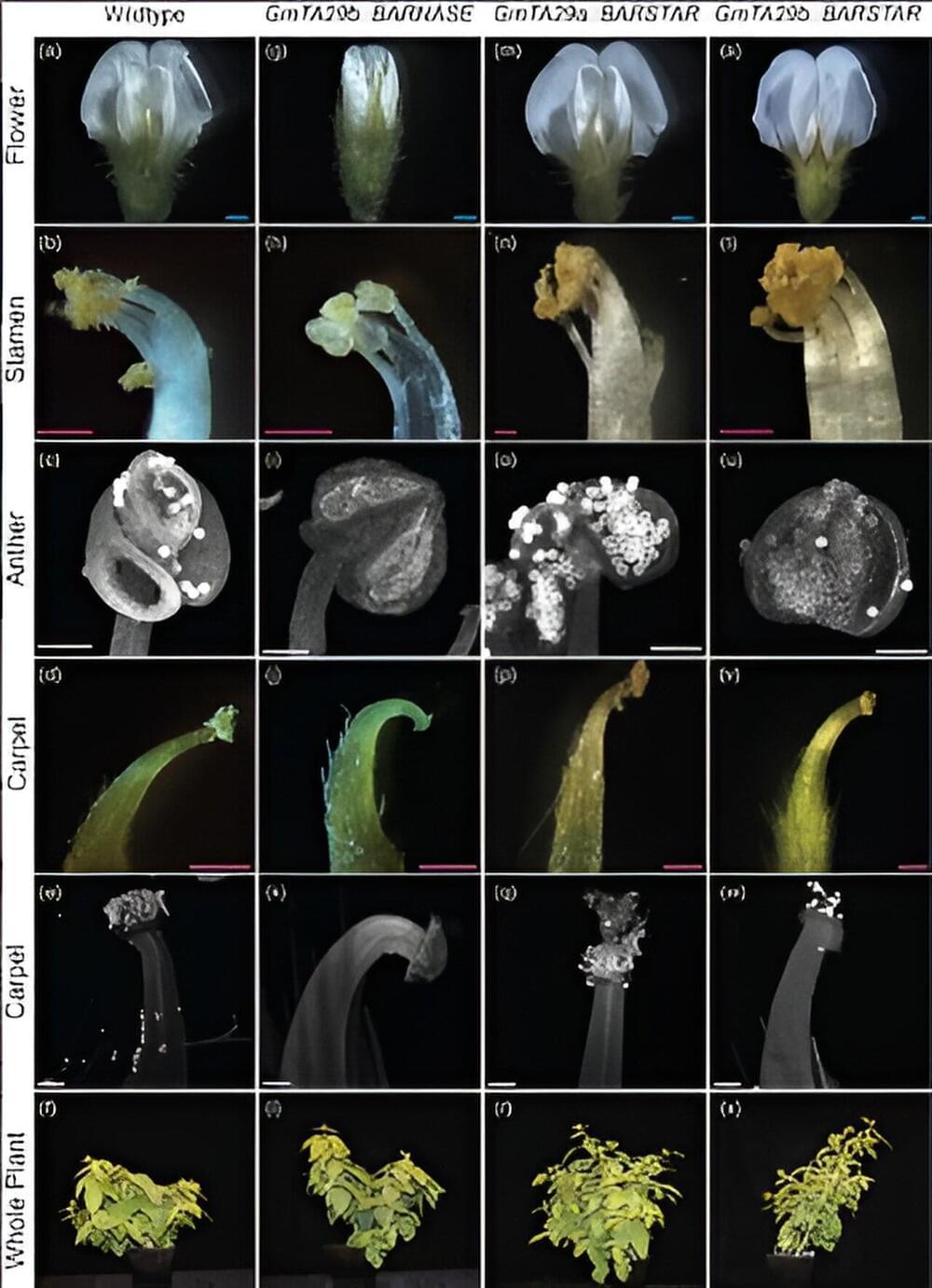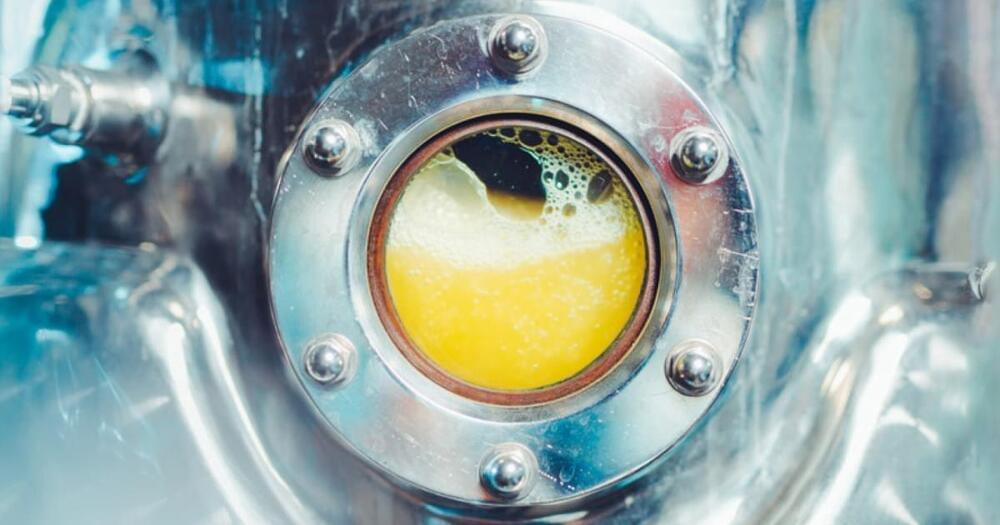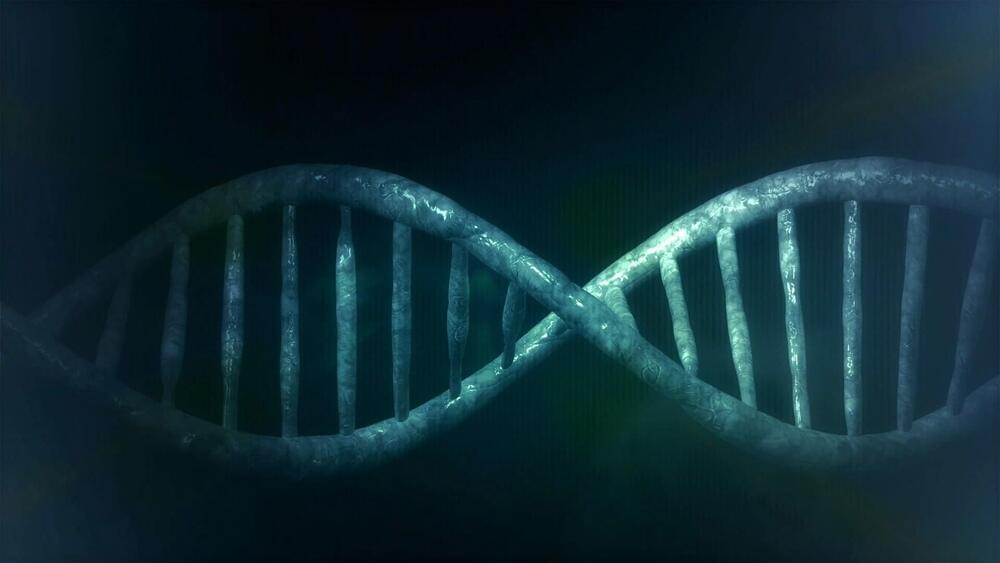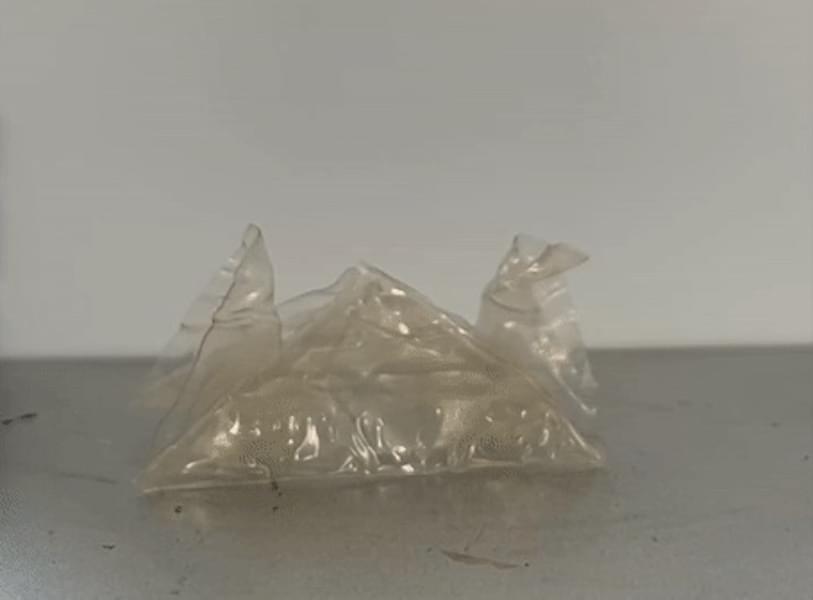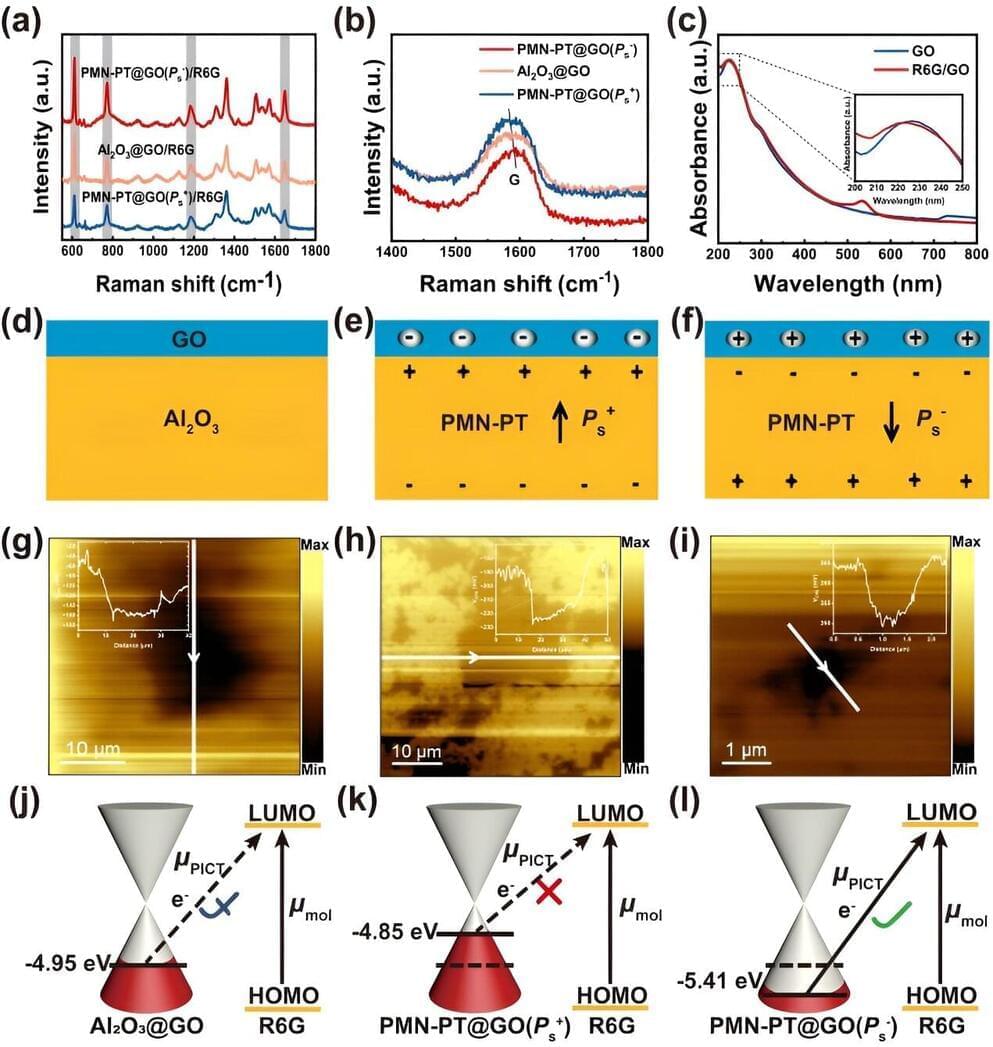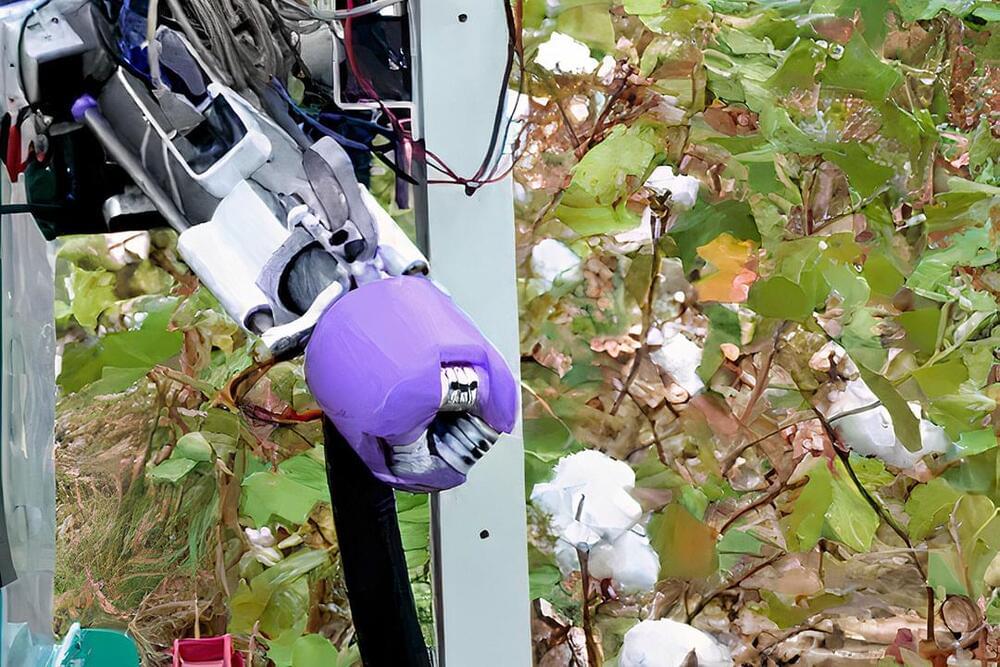Nov 10, 2023
AI robotics’ ‘GPT moment’ is near
Posted by Gemechu Taye in categories: food, robotics/AI, transportation
It’s no secret that foundation models have transformed AI in the digital world. Large language models (LLMs) like ChatGPT, LLaMA, and Bard revolutionized AI for language. While OpenAI’s GPT models aren’t the only large language model available, they have achieved the most mainstream recognition for taking text and image inputs and delivering human-like responses — even with some tasks requiring complex problem-solving and advanced reasoning.
ChatGPT’s viral and widespread adoption has largely shaped how society understands this new moment for artificial intelligence.
The next advancement that will define AI for generations is robotics. Building AI-powered robots that can learn how to interact with the physical world will enhance all forms of repetitive work in sectors ranging from logistics, transportation, and manufacturing to retail, agriculture, and even healthcare. It will also unlock as many efficiencies in the physical world as we’ve seen in the digital world over the past few decades.

